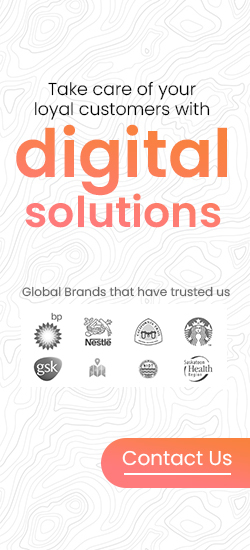Top Data Analytics trends for 2022

The study of data science or analytics has opened up the scope for a variety of concepts like deep learning, NLP or Natural Language Processing, advanced statistics, etc. Along with these new fields, the rise of Artificial Intelligence (AI) and Machine Learning (ML) has been significantly higher as the opportunities for incorporating a data-driven or data-inspired system is booming in the market.
Ever since the buzz was created around the word “data”, many organizations, enterprises, and startups began to leverage data science, advanced reporting, and analytics to make their operations efficient. Nearly 63% of the companies attribute their improved efficiency to data analytics. Furthermore, the talents surrounding data science and data engineering has come a long way since the dawn of the word- data.
All these are just the foundation for a completely data-inspired infrastructure for the companies. The access to data related resources is now higher as the number of organizations that adopt such efficient data systems are increasing.
If anything, the technological climate at the present is more favourable to creating a foolproof data analysis system than anything. Some of the magazines are already calling data related jobs one of the hottest jobs of this 21st century. The future will only amplify the present effects. Many large-scale industries like manufacturing are adopting new data models, robotics, automation, etc.
Data-driven customer experience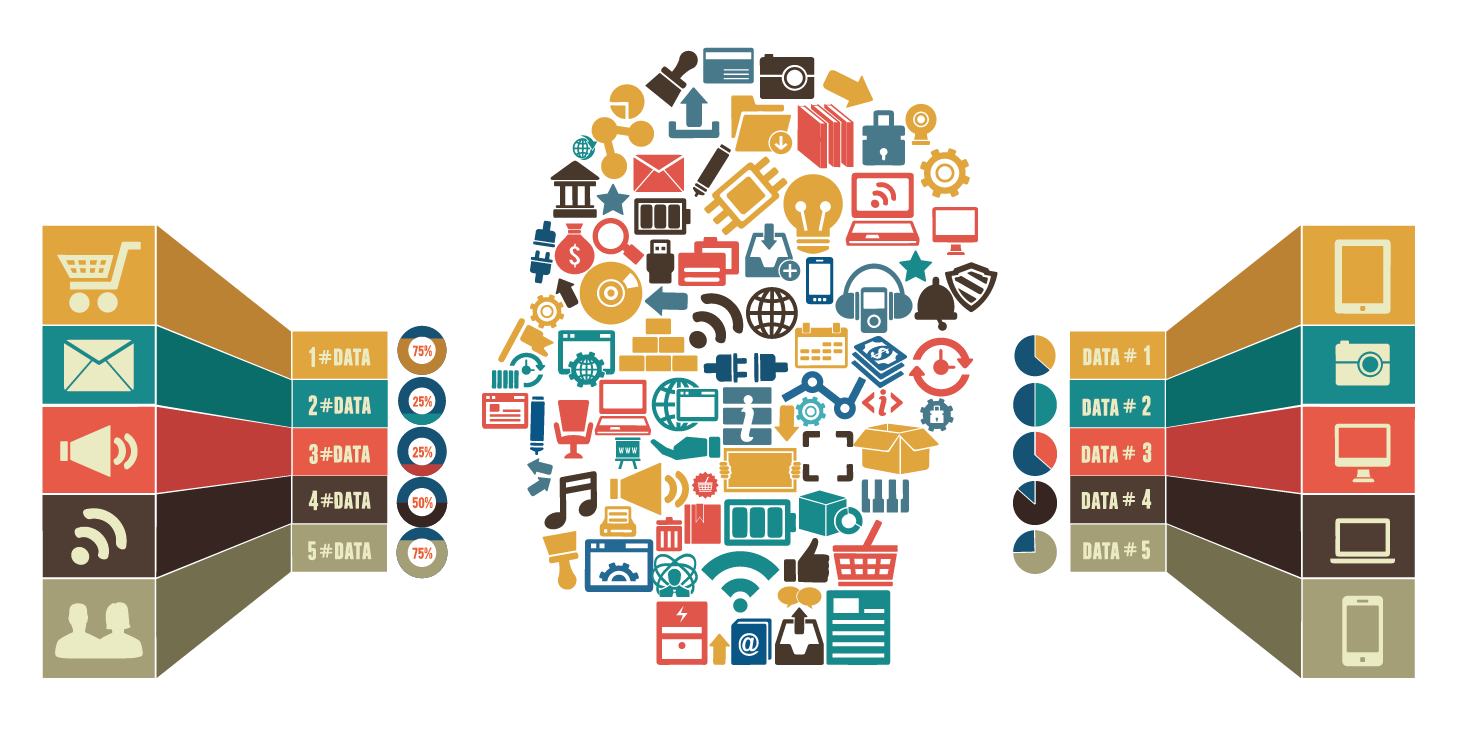
Customer service is an integral part of any product/business. The reason why customer service is directly related to branding has a lot to do with the present market conditions. The company’s culture plays an integral part in adapting to the latest market waves.
This is one of the crucial reasons why a data-centered organization seems to have a better branding rapport than the ones that don’t. Even small steps like reducing the wait time of the customer can influence your brand image. But, to arrive at this point, a clear-cut idea of the data at the hand is much needed.
Higher-level AI implementation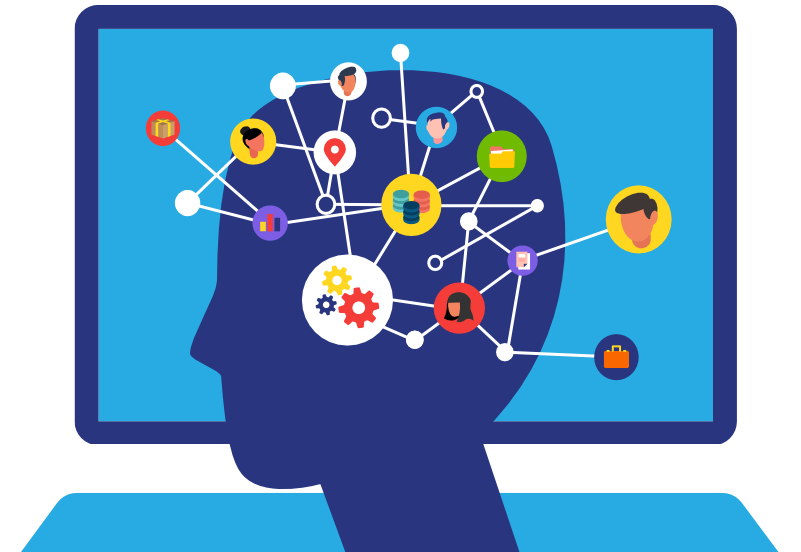
Artificial Intelligence is in almost every other industry in the market. The scope for AI is higher than any other technology in the world as it can be amalgamated with other technologies.
Data analytics and AI seems to be the perfect match since the impact they create together is much higher than they do separately. Many data analysis solutions are based on AI, and a lot of competitive big data analytics companies are leveraging Artificial Intelligence to their fullest.
There is a certain gap between AI and data analytics that keeps the rest of them to stop from adopting such a powerhouse technology. However, in recent times, this gap has been reduced significantly. Things like generative AI solutions might be a bit limited and sophisticated at the present, but they will soon be integrated into normal electronic devices. And so will your advanced analytics!
Read Also – How Healthcare Industries can Leverage Big Data Analytics?
Big data adoption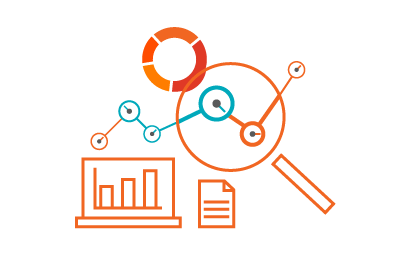
The data we produce per day is increasing at an exponential rate. To process such mountains of data effectively, and to store and analyze them is a hectic task. However, big data analytics has helped a lot with doing so.
The demand for big data analytics in the present market is simply unbelievable. It is no more a secret in a box. Many organizations are leveraging big data analytics to understand things like customer behaviour, technical process, predictive analytics, prescriptive analytics, etc. The market for predictive analytics alone is expected to reach $22.1 billion by the end of 2026.
NLP and data analytics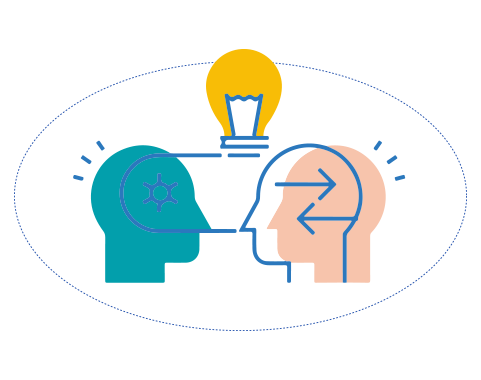
Honestly, we are now closer to bringing a highly capable AI to life through conversational analytics and NLP (Natural Language Processing). Natural Language Processing is probably the bridge between realistic Artificial Intelligence and the Artificial Intelligence systems that they show in science fiction. Natural Language Processing has enough horse power to fuel a highly compatible Artificial intelligence system that can use the swarm learning technique to understand new things,
Artificial Intelligence systems with Natural Language Processing interfaces can turn the tables in no time! It can make use of a central database like the web or other private clouds to extract the required data for its functioning. This is one of the most expected data analytics trends in recent times.
If this is successfully done, then it will be no time longer for such an efficient Artificial Intelligence system to come into our smart wearables!
Read Also – How a well-implemented Data Analytics Strategy can transform your Enterprise?
Augmented analytics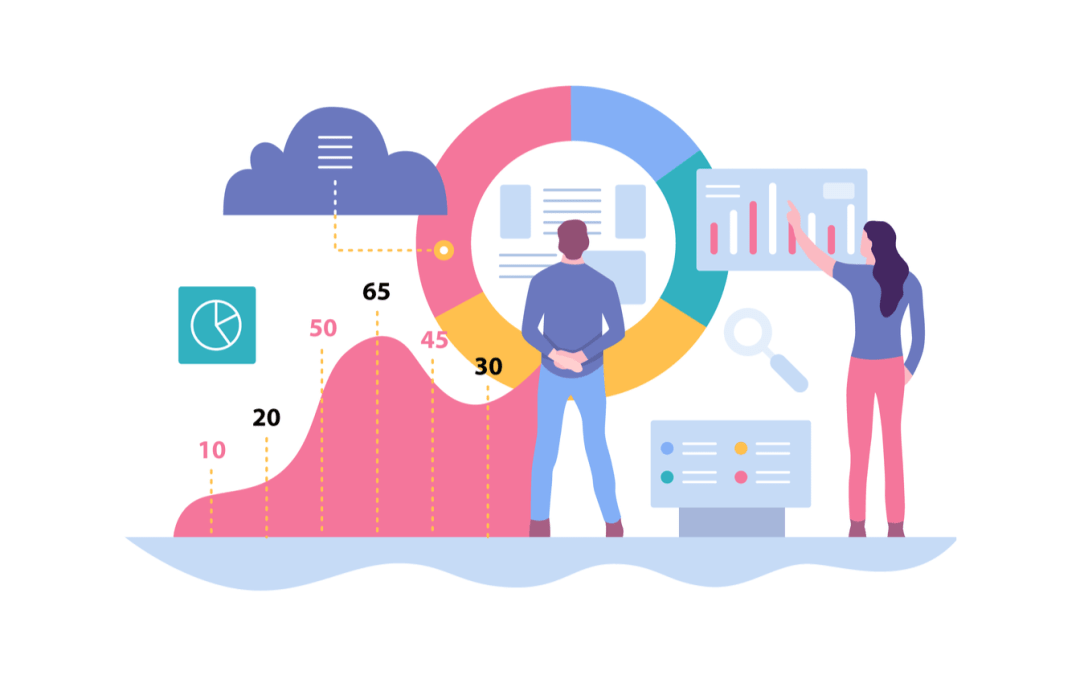
Given the current scenario, augmented analytics will skyrocket in 2022. The market value for augmented analytics is set to be $13 billion, and the industry will reach this by 2023. By the time the market has a taste for augmented analytics, the market value would be much higher than the reported value.
Augmented analytics opens up the chance for people from non-technical backgrounds to leverage the data analytics technology to its maximum. Even though augmented analytics runs on higher-level Artificial Intelligence and Machine Learning concepts, users don’t have to worry about it.
It helps the users to understand the field of analytics through visual models and technologies rather than dealing with higher-level codes. This makes it a perfect technology for e-commerce platforms as the volume of users is pretty high on such platforms.
Wrapping this up,
Data analytics trends will not cease to grow in the near future. Even though we have achieved great lengths by leveraging data engineering and big data analytics, we have not achieved the peak of the technology yet. The upcoming innovation in hardware, the latest cloud platforms, etc. will change the data game forever.
As many businesses will focus on automation to scale up, they will also need an infrastructure that can sustain these heavy operations imposed on them. So, theoretically, we have a workable action plan, but we don’t have the access to the devices that brings the computational power. Fingers crossed; a new age is awaiting us!

